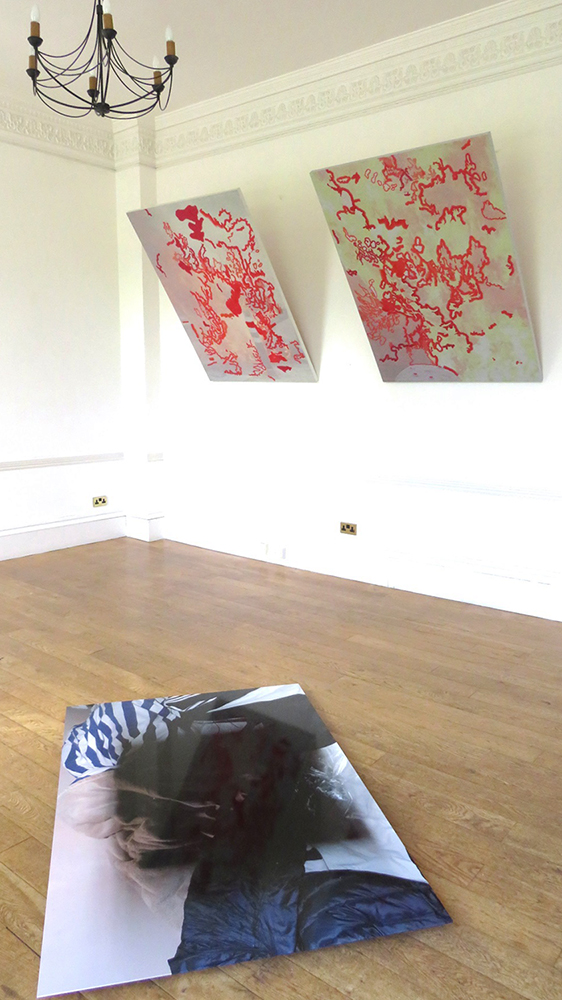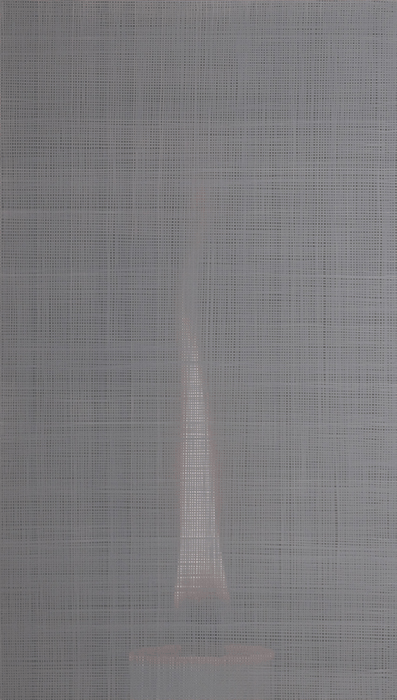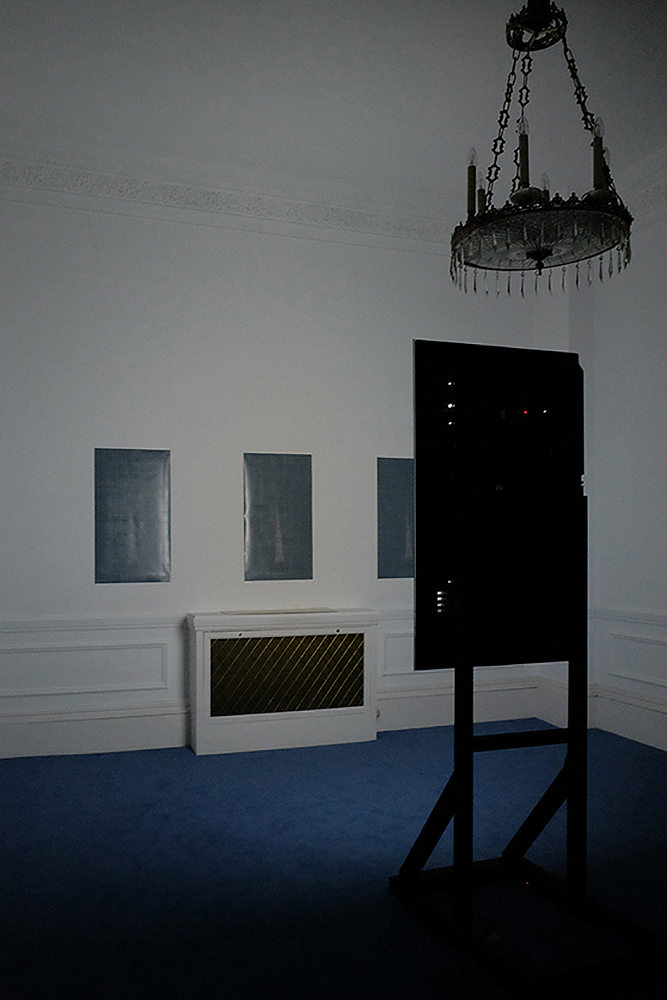Shows
Toshiaki Hicosaka’s “To Look at the Fire”


Fire is inordinately captivating. It is simultaneously fundamental for human existence, decorative and destructive. Toshiaki Hicosaka taps into fire’s manifold appeal to unpack its shifting meanings. In his first solo show in the United Kingdom, “To Look at the Fire,” mounted at London’s Daiwa Anglo-Japanese Foundation Japan House, a Georgian townhouse overlooking Regent’s Park, the artist dissects fire’s various facets, prompting the viewer to reflect on the element, and their enculturated perceptions.
At the Foundation, there was an overarching sense that Hicosaka wants to elicit new perspectives and responses to fire. Championing its value, the artist provides paintings, photographs and drawings that are diverse in their aesthetic, creating a visual profile to match his multifaceted subject. Split over two interconnected domestic rooms, both with disused fireplaces, the show was inherently disjointed. This gulf was compounded by the installation of Hicosaka’s works. Two drawings, How It May Be Possible to Re-enact Bon Fire 01 and 02 (both 2017), struggled to detach themselves from the wall, leaning into the room toward two photographs on the floor—Burning Camera (Kyoto) (2014), which was leaning against the wall; and Burning Camera (London) (2017), which was laid flat. This constellation forced viewers toward the room’s back wall. From there, the faces of the hanging drawings came into view. Trails of glowing amber, contours and blocks of red, arranged to resemble a misconfigured outline of a world map, formed one layer of the canvas. Beneath these veins, digital prints could be seen. Although muted by a grey wash, images of flames almost burnt through the canvas and licked a series of objects—in one a bollard, in other the top of a baseball cap. As the artist jokingly told me, he wanted to consider what printed-out fire might consume.


The depiction of fire’s effects in representational form was also present in the two Burning Camera photographs. Hicosaka developed an idiosyncratic process of manufacturing “burns” by using a square plate to block his camera’s flash when shooting. The camera appears to corrode the objects as they are captured in still images, and what we see are scorched fabrics and the edge of a curb devoured by a charcoal square. Intending for the square marks to become the subject, these images that document the pretense of obliteration implore the viewer to consider the destructive qualities of fire.


In the second room, dusk prevailed, punctuated by an unlit chandelier that hung above a thin LED screen playing a looped video of a candle, the individual frames of which were pinned on the opposite wall. It burns with an exaggerated, long flame that the artist has drawn over with cross-hatched gray pencil lines. On the screen, The Fire Will Remember the Contact (2017) becomes animated as the digital piece discretely flickers, each frame a photograph that the artist has manipulated to make the sense of burning tangible for the viewer, yet there was an obstacle—the room felt unfinished, and the work was underwhelming, even at odds with the rest of the exhibition.
This inconsistent amalgamation of works is in part the desire of the artist. He described to me that he wishes to “push the fire into uncertain and complicated existence” and “understand complex things while keeping them complex.” His over-excited jumps from one medium to the next do somewhat fulfil this brief, though commitment to the first room and an expansion of its arrangement of drawings and photographs would have strengthened his offering in “To Look at the Fire.” The artist is articulate, and research is an integral part of his practice, compiling a series of case studies to demonstrate shifts in understanding and perception. He told me about the ban of bonfire songs during World War II in Japan, and the cultural reception of British lamps that were imported to the region in 1872. Unfortunately, in the rush to share his varied depictions, these narratives fail to emerge. In this instance, honing his practice to show less and focus on making the abstract images reflect his historical research would perhaps say far more.
Toshiaki Hicosaka’s “To Look at the Fire” is on view at the Daiwa Anglo-Japanese Foundation Japan House, London, until July 10, 2017.







